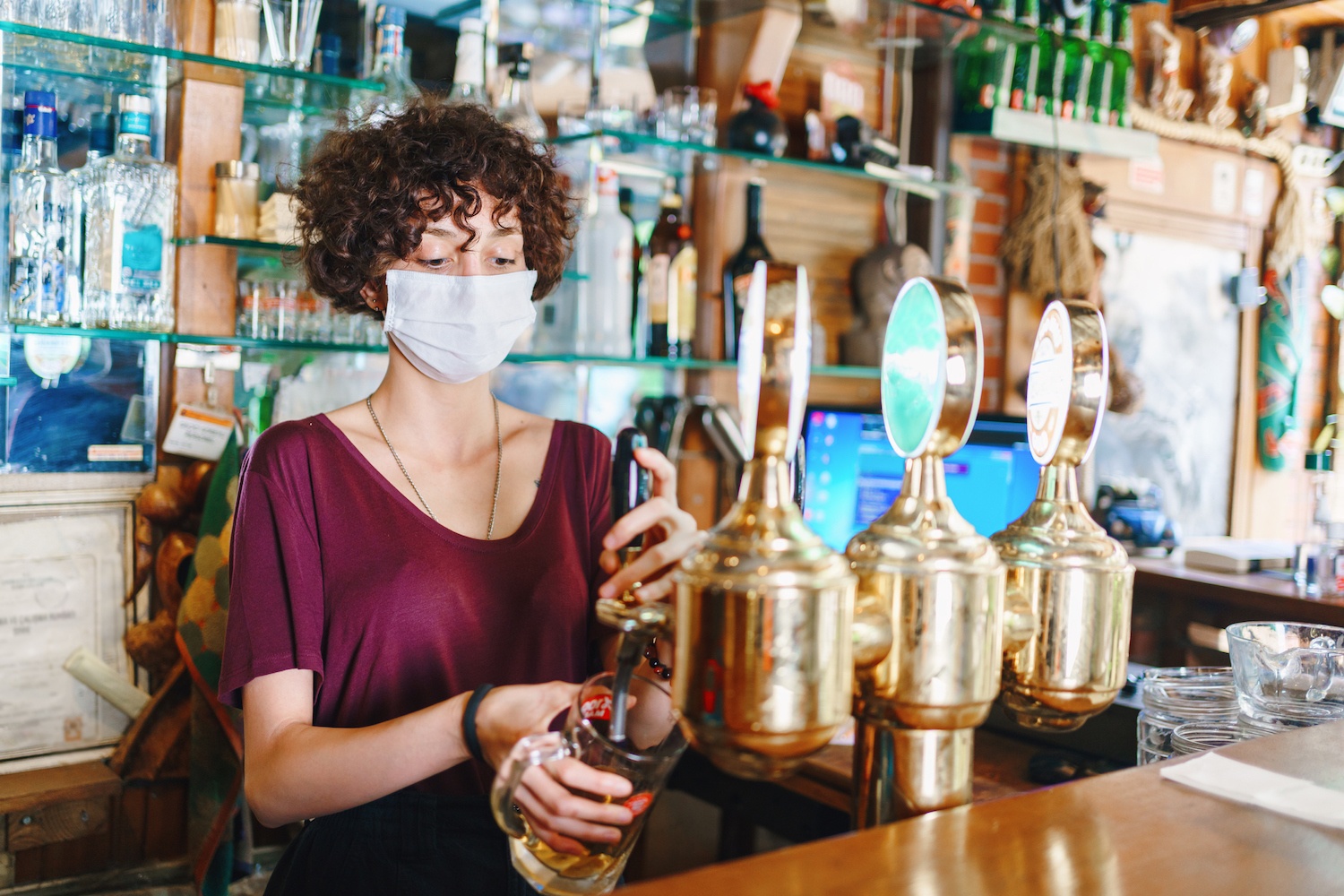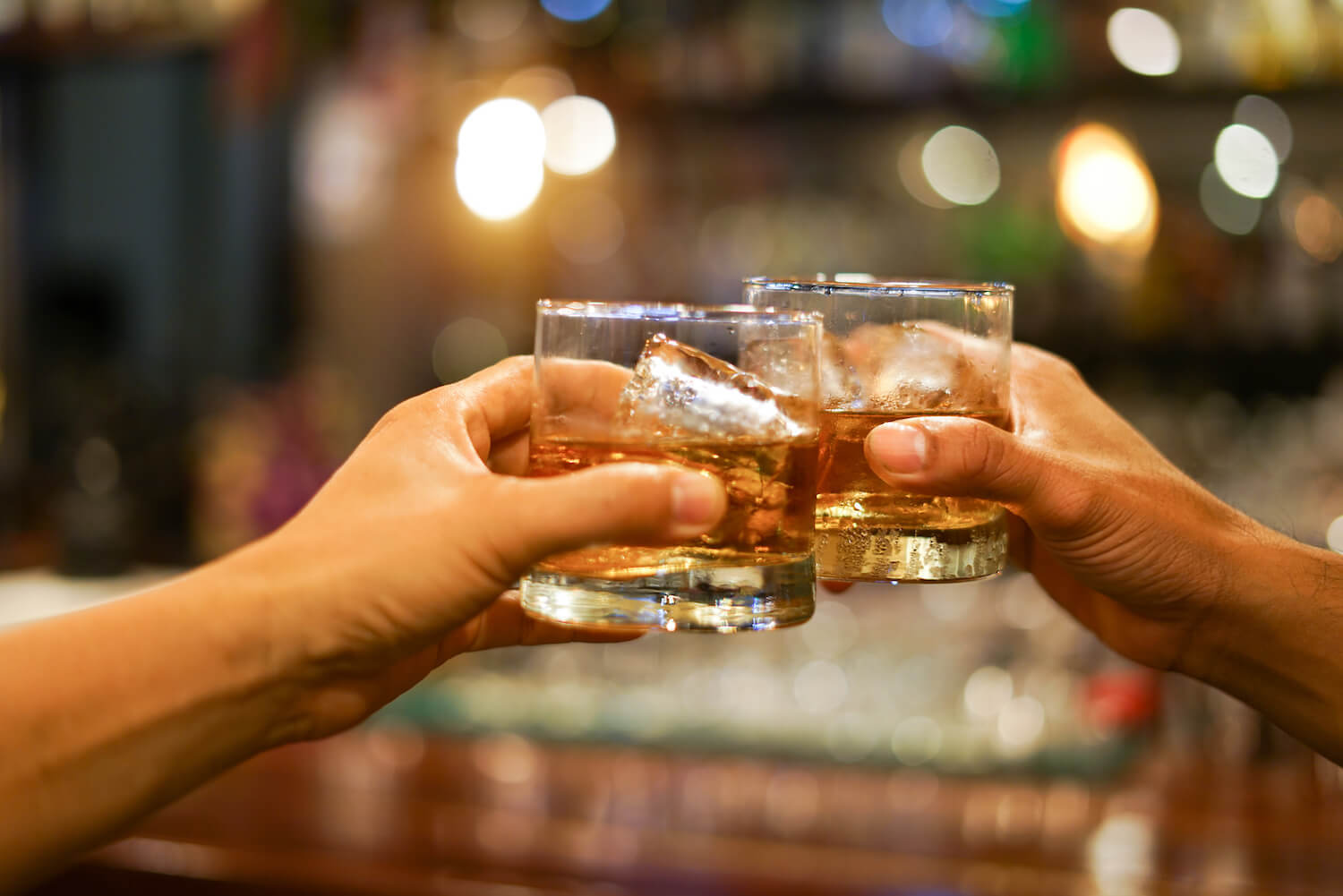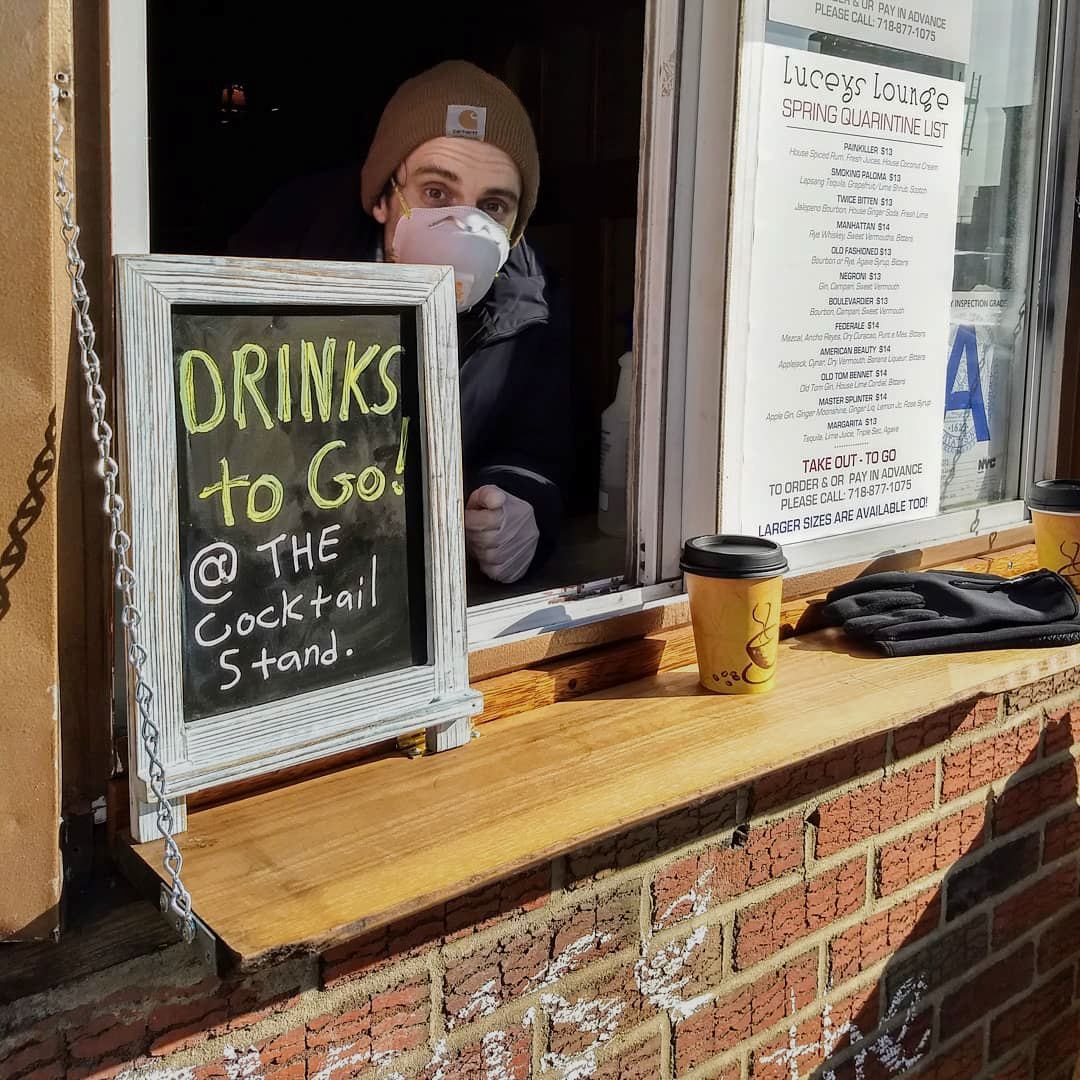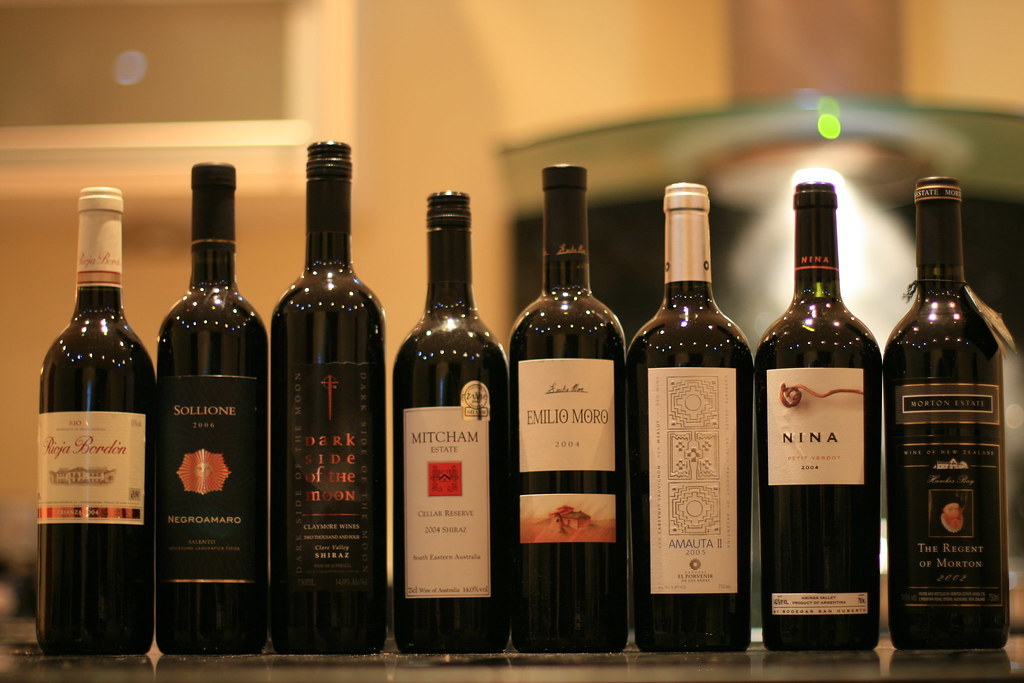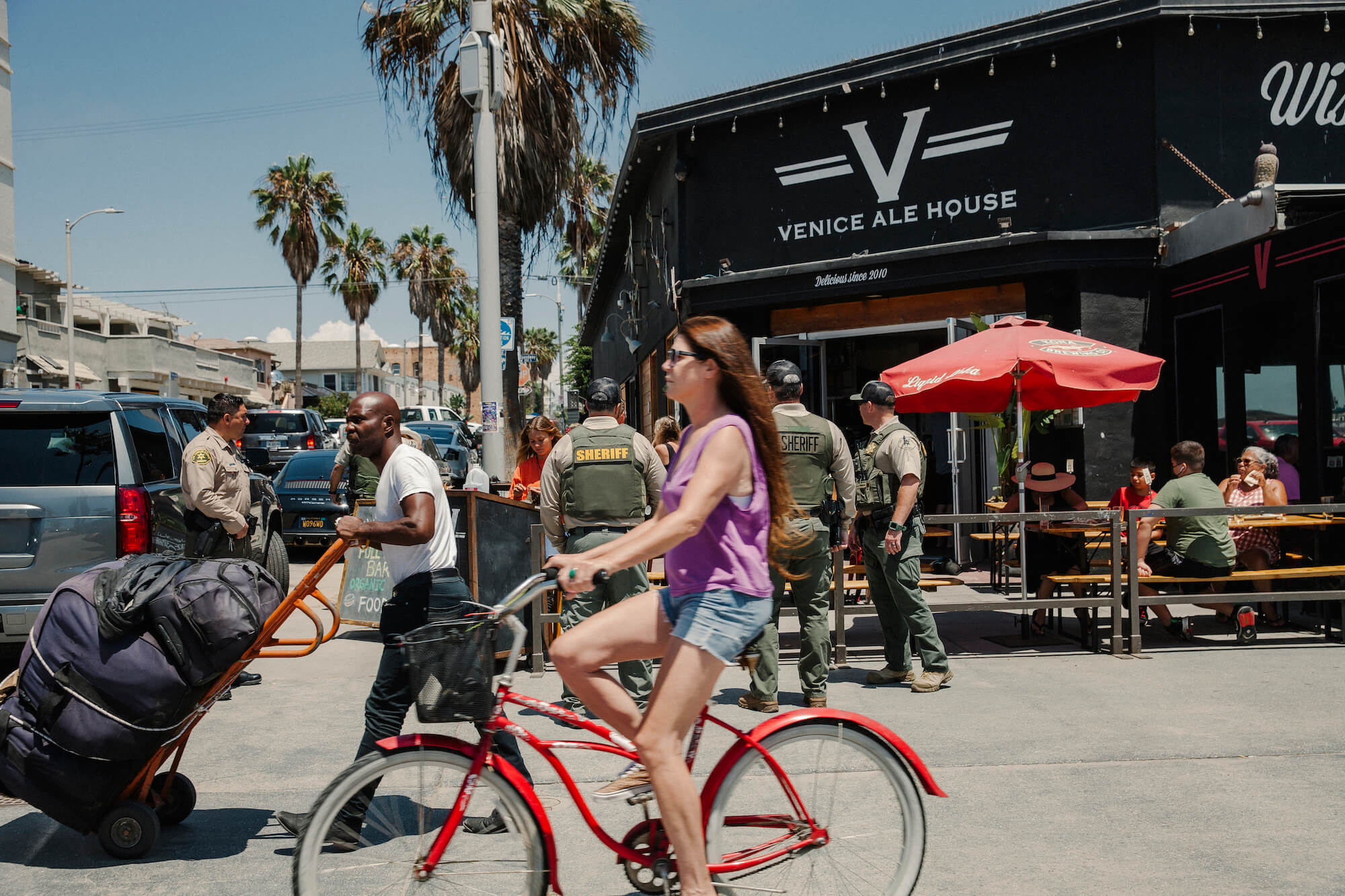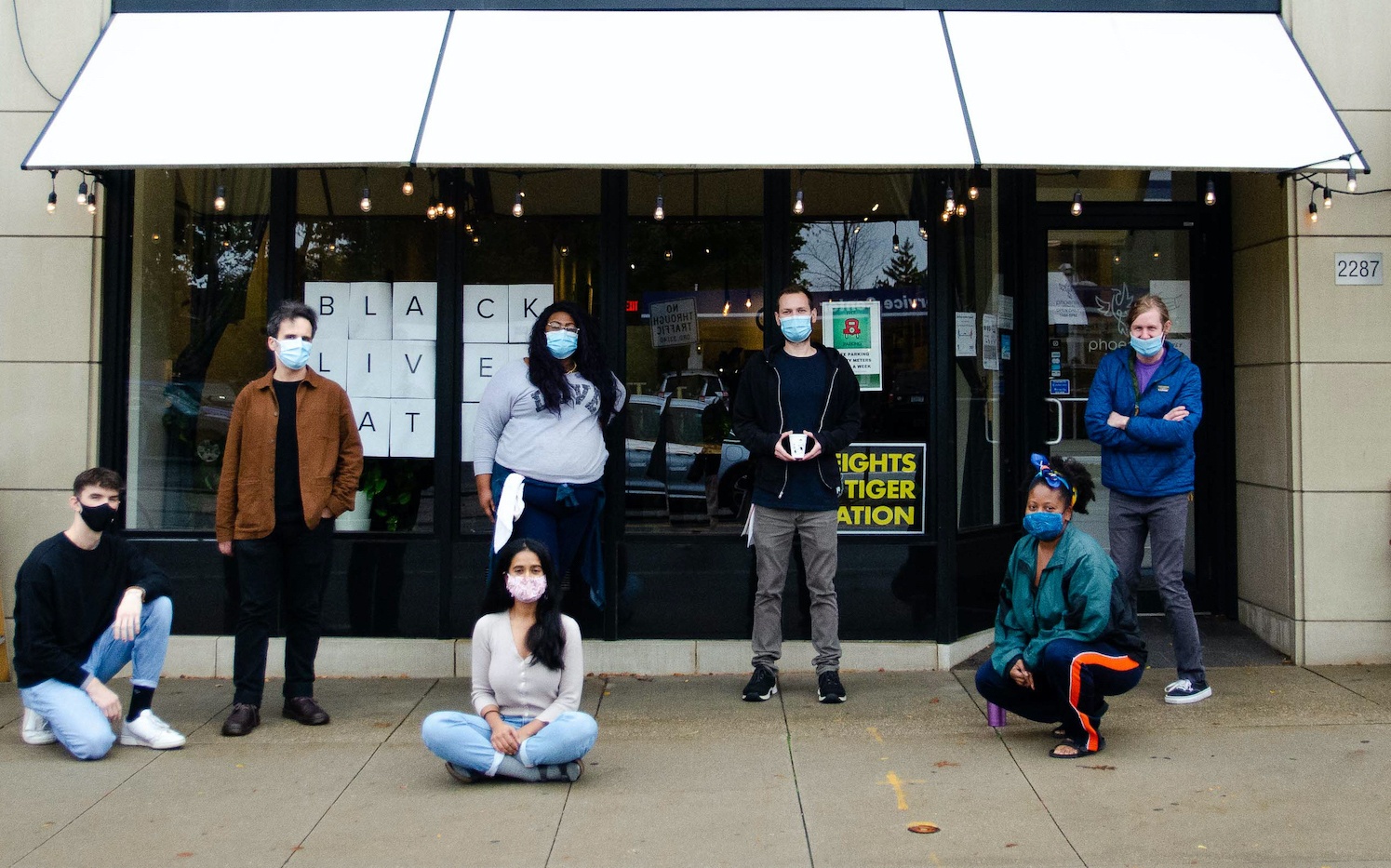New York City restaurants and bars are preparing to bust out the bubbly sooner than expected.
In late December, as the latest coronavirus variant ripped through the five boroughs, state legislators gave the hospitality industry a much-needed boost: temporary liquor permits, a stopgap measure that will enable businesses to collect lucrative beer and cocktail revenue while they wait for a decision on a permanent license.
“This is dire for restaurants right now,” said Democratic State Senator Jessica Ramos, who sponsored the bill, which was passed last June and signed into law last month. “This is the most immediate lifeline they’re going to get.”
Previously, only bars and restaurants outside of New York City enjoyed the benefits of temporary permits when applying for a liquor license from the State Liquor Authority (SLA), a process that usually takes six months but can drag on for over a year. Temporary permits take roughly 30 days to process and are valid for 90 days.
Restaurateurs estimate that alcohol makes up 40 percent of revenue for fine-dining establishments, and around 10 to 15 percent at more casual sit-down restaurants. And with pandemic-related closures in the city estimated from nearly 1,000 to more than twice that amount, they could use the help. Storefronts have sat silent as new operators wait for their liquor licenses; those that opened without being able to bring in alcohol sales have struggled to get by on food revenue alone. Defanging a restrictive state liquor law seemed a fast way to prop up the hospitality sector, and politicians and industry leaders championed temporary permits as vital aid.
Restaurateurs estimate that alcohol makes up 40 percent of revenue for fine-dining establishments, and around 10 to 15 percent at more casual sit-down restaurants.
“As we continue to fight the pandemic, we also need to make sure we protect our economy, and this legislation will cut red tape and bring more customers in the door as quickly as possible to help small businesses get back on their feet,” Governor Kathy Hochul said in a statement on December 22, after signing the legislation. This week, the governor also announced plans to legalize the sale of to-go alcoholic beverages at bars and restaurants, a popular pandemic-era program that ended in June.
But Robert Bookman, an attorney for the New York City Hospitality Alliance, which supported the legislation’s passage, said that some businesses will likely face a tangle of restrictions.
Two kinds of restaurants will benefit first: those seeking a wine and beer license, not a full liquor license, and those who want a full license but are not subject to the 500 Foot Law, which allows only three businesses to serve liquor within 500 feet of each other. They should be pouring drinks within a month of their temporary application. But any place within 500 feet of three other businesses that already serve liquor will have to wait for amendments expected to pass during the current legislative session. Their permits will be more limiting, and slower to come by.
Members of that third group will have to occupy a space that was licensed by the SLA within the past two years. A 500 Foot Law hearing will take place, followed by a recommendation from an administrative law judge, all of which is estimated to take three months. And even with a permit, these businesses will be subject to multiple restrictions, including indoor midnight curfews, until a permanent license is granted.
“[It’s] not the month and a half that the other categories and the rest of the state take to get a temporary, but still a lot better than five to six months to get a permanent license,” Bookman said.
Two kinds of restaurants will benefit first: those seeking a wine and beer license, not a full liquor license, and those who want a full license but are not subject to the 500 Foot Law, which allows only three businesses to serve liquor within 500 feet of each other.
Massimo Felici, co-owner and executive chef of the Staten Island restaurants Vinum and The Richmond, both of which are licensed by the SLA, said the application process typically lasted six months, and was bogged down by issues as tedious as the agency not accepting the document formatting used by city departments.
Felici has already waited more than four months for a liquor license for his upcoming Italian-American spot, Don Cheech, and hopes to get approval in the coming weeks. But should the review process drag on past the half-year mark, the new law means that he can open up early with a temporary permit.
“I’m happy [Hochul] signed it because I don’t know how much longer it is going to be,” Felici said about his existing application. His new place might be able to squeeze by without turning to a temporary license, he added, but for someone who begins their license application a month from now, “that’s going to help him.”
The new law, however, has unnerved some community board members, who vet and recommend business owners’ license applications to the SLA. Many agreed that a wait time of more than six months was overly burdensome for restaurateurs. But Kyle Athayde, chairman of Community Board 6 in Manhattan, which includes the restaurant-heavy neighborhoods of Gramercy Park and Turtle Bay, said that allowing permit-seekers to circumvent community input could allow bad operators to slip by and create an unsafe environment. (Ramos, the bill sponsor, said restaurant and bar owners will be able to get their temporary permits without meeting with their community board first.)
“If you have all of these temporary licenses being approved without community board review or input, then you just might have the exaggeration, ‘There’d be a bar on every corner and every block’ and people being disturbed at night and not being able to sleep or walk,” Athayde said. “That’s the nightmare scenario.”
